An exploration of lime in Brittany
— 29 Oct 2018
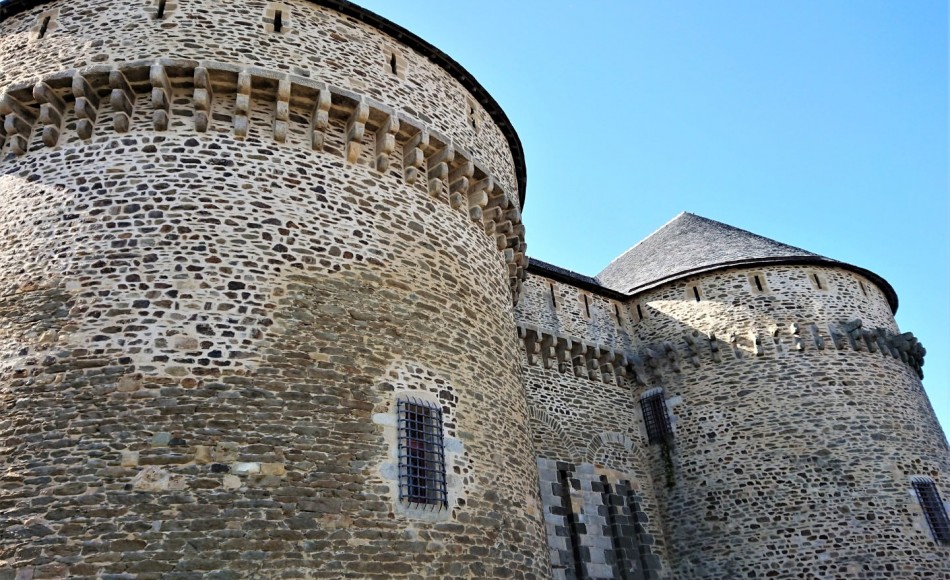
Chateau de Brest where hard external mortars and soft breathable internal renders were used
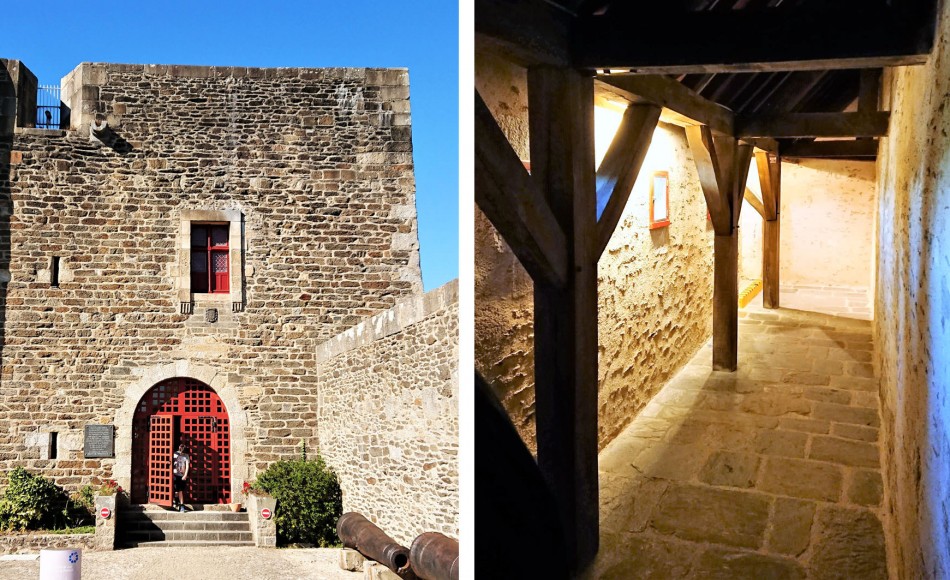
Chateau de Brest – extensively repaired using lime
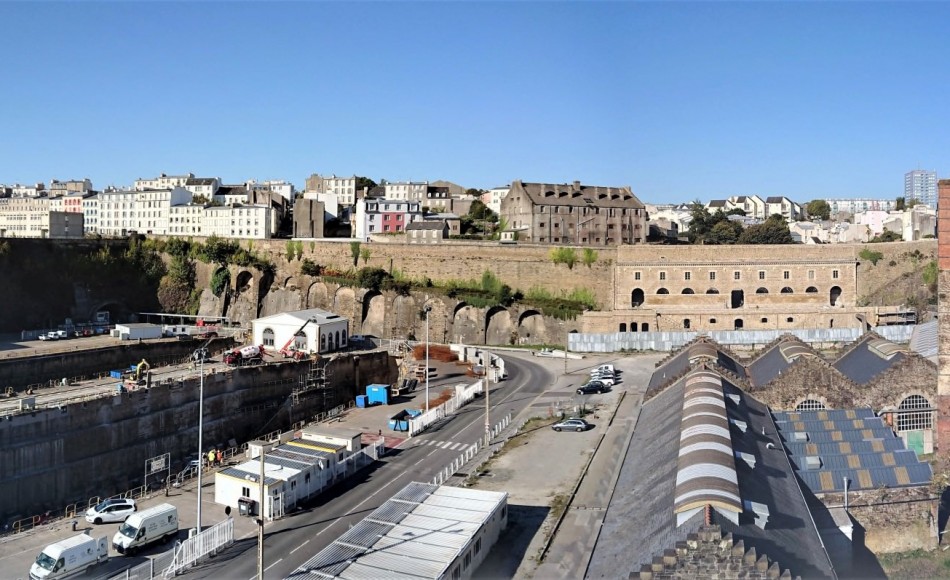
Extensive lime repairs have taken place in the Bâtiment aux Lions and dry docks
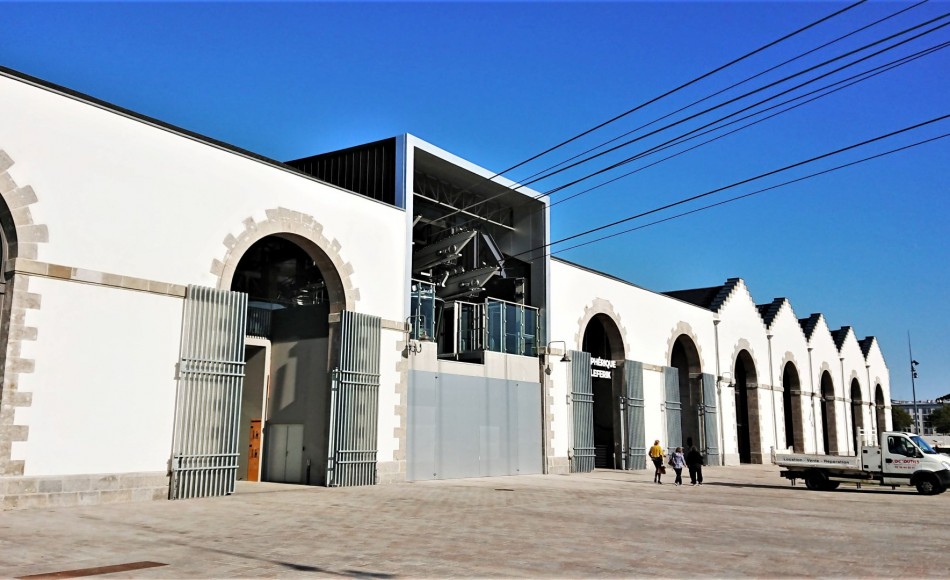
Ateliers du Plateau des Capucins
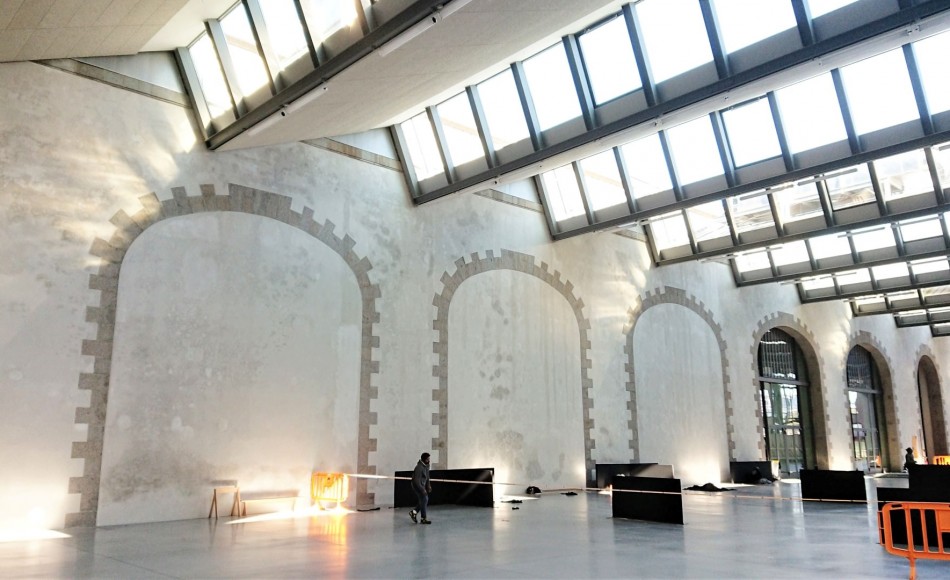
Ateliers du Plateau des Capucins – internal use of lime render
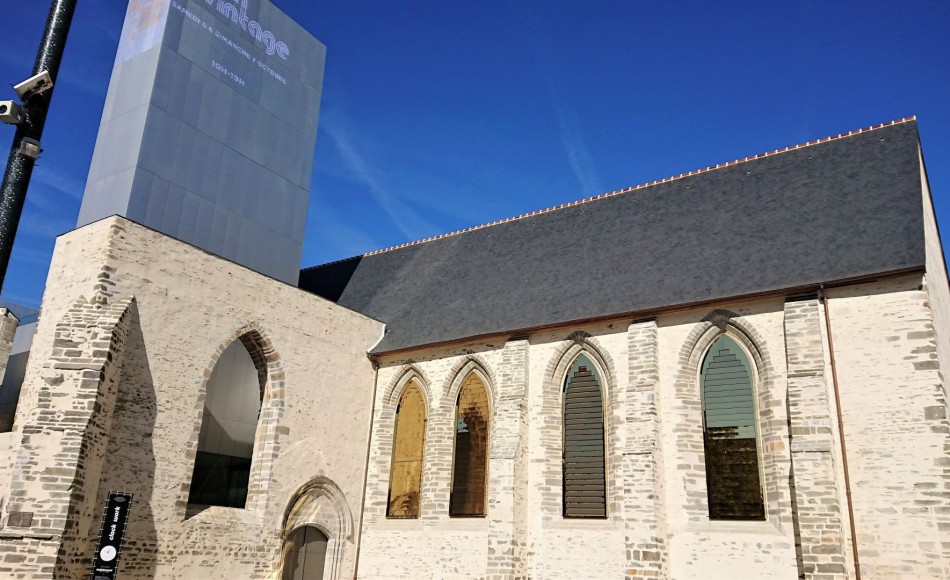
Couvent des Jacobins, Rennes. Lime mortar repairs and renders have been used extensively in Rennes
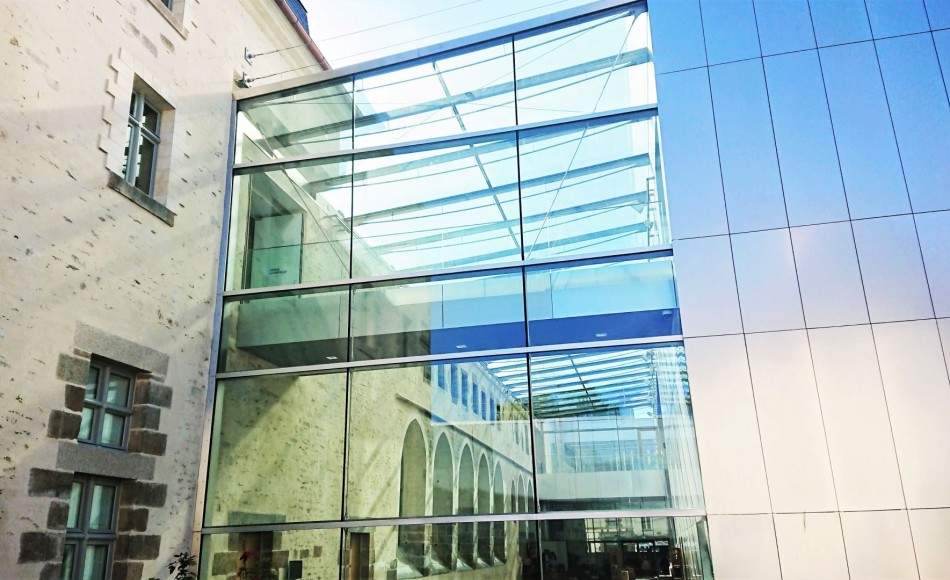
Old and new at the Couvent des Jacobins in Rennes, which originally dates from the 14th Century
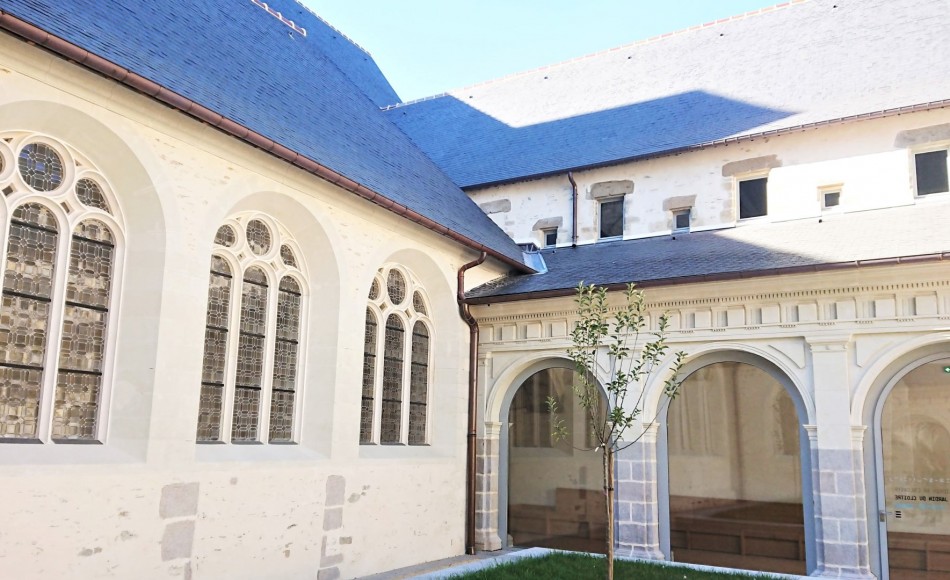
Couvent des Jacobins, Rennes
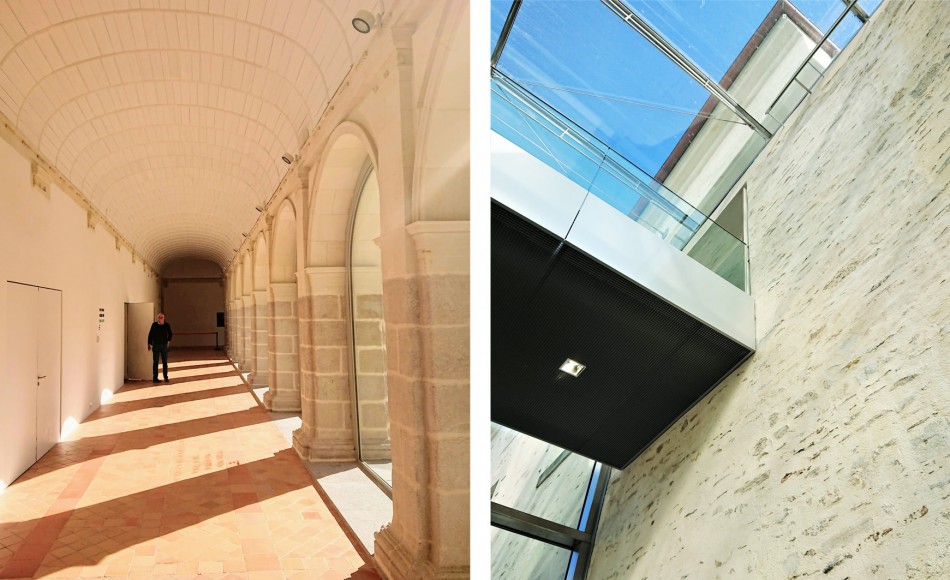
Couvent des Jacobins, Rennes
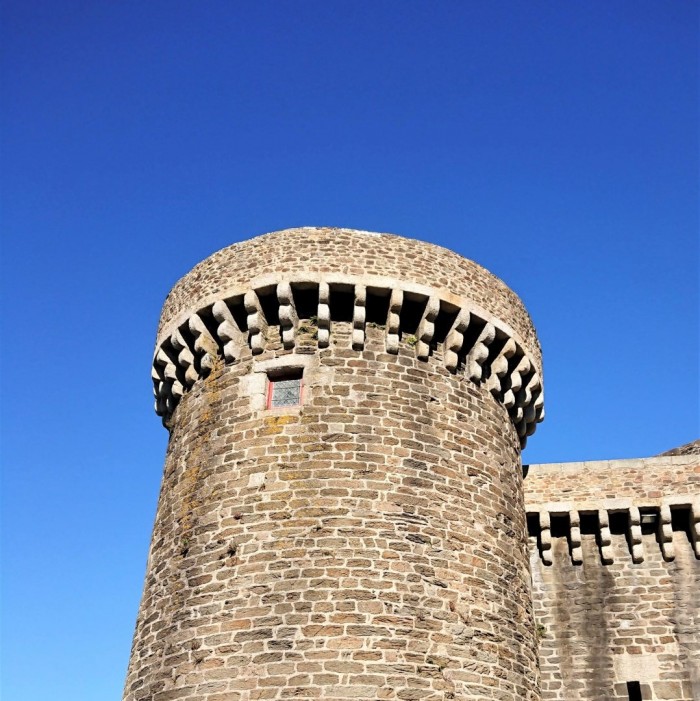
In October Director John Alexander and Architectural Assistant Andreas Hofmeyr travelled to France, as part of a group of conservation professionals on a trip organised by manufacturers Cornish Lime and St Astier.
Strong vernacular parallels exist in the widespread use of lime mortars/renders in the south west of the UK and the Brittany region of France. Lime mortars form a critical role in the conservation of existing historic fabric in both regions.
The purpose of the trip was to try and create a dialogue between practitioners and specialists from the two regions. The aim being to:
- Clarify key principles of lime.
- Create a forum to discuss lime mortars, it’s use, how it is specified and applied.
- To create some consistency and coherency in the industry.
- To learn from each other especially from the French practitioners and how they apply lime in their projects.
The trip included visits to various historic sites where lime was extensively used in the original construction and as part of the conservation process.
Some key points that John and Andreas took away from the trip:
- Compatibility is essential for prolonging a structure’s performance. Ie. using lime that closely resembles the existing lime. This is achieved by analysing historic limes to understand their properties and performance and attempting to match new mortars with the existing mortar.
- Hydraulicity – The property of a lime mortar to harden in contact with water and thus a measure of hardness.
- Aggregates – The type of aggregate used in the lime mortar mix has an effect on its natural performance (breathability and strength), setting time and workability. They should be carefully chosen according to type of application. Eg. Brest Castle walls external mortars contain a high percentage of local granitic aggregate forming a very hard wearing final mortar to withstand sieges but is far less breathable.
- Exposure – Mortars with high exposure to the elements need to be fast setting as is evidenced at the Concarneau ramparts where the walls are directly exposed to sea water and repair has to occur within the short time allowed between tidal periods.
- Breathability – Natural lime mortars have the added advantage over cementitious mortars of being vapour permeable or breathable. This describes their ability to naturally draw out water and damp from building structures due to their porous nature.
The trip was an extremely useful knowledge sharing exercise, which Jonathan Rhind Architects are delighted to have been part of. To find out more about Cornish Lime please see their website. Also, see here for more information on St Astier.
To read about some of the conservation work we have undertaken, please see our projects page.